As the world steers toward more sustainable energy solutions, solar power has emerged as a frontrunner in the renewable energy sector. Solar panels have become commonplace, from rooftops to remote locations powering entire villages.
However, it’s not just the solar panels but the technology behind them that ensures we utilize the maximum potential of solar energy.
One such key component in solar power systems is the Maximum Power Point Tracking (MPPT) Solar Charge Controller. In this article, we’re going to delve into the mechanism and significance of MPPT controllers in solar energy systems.
What is a Solar Charge Controller?
Before diving into MPPT, it’s important to understand the role of a Solar Charge Controller.
This device acts as a regulator which controls the flow of electrical energy between the solar panels and the battery storage. Essentially, it ensures that the batteries are charged efficiently without being overcharged and manages the output to loads (appliances or devices connected to the battery).
The Need for MPPT
Solar panels have a unique feature: their output is not constant. The voltage and current from a solar panel fluctuate based on numerous factors like sunlight intensity, angle of incidence, and temperature.
Because of these variances, a solar panel may not always operate at its peak efficiency.
The MPPT algorithm calculates the optimum operating points of the solar panels, thus maximizing energy extraction. This functionality typically results in 15-30% more efficient energy utilization compared to traditional methods like Pulse-Width Modulation (PWM) controllers.
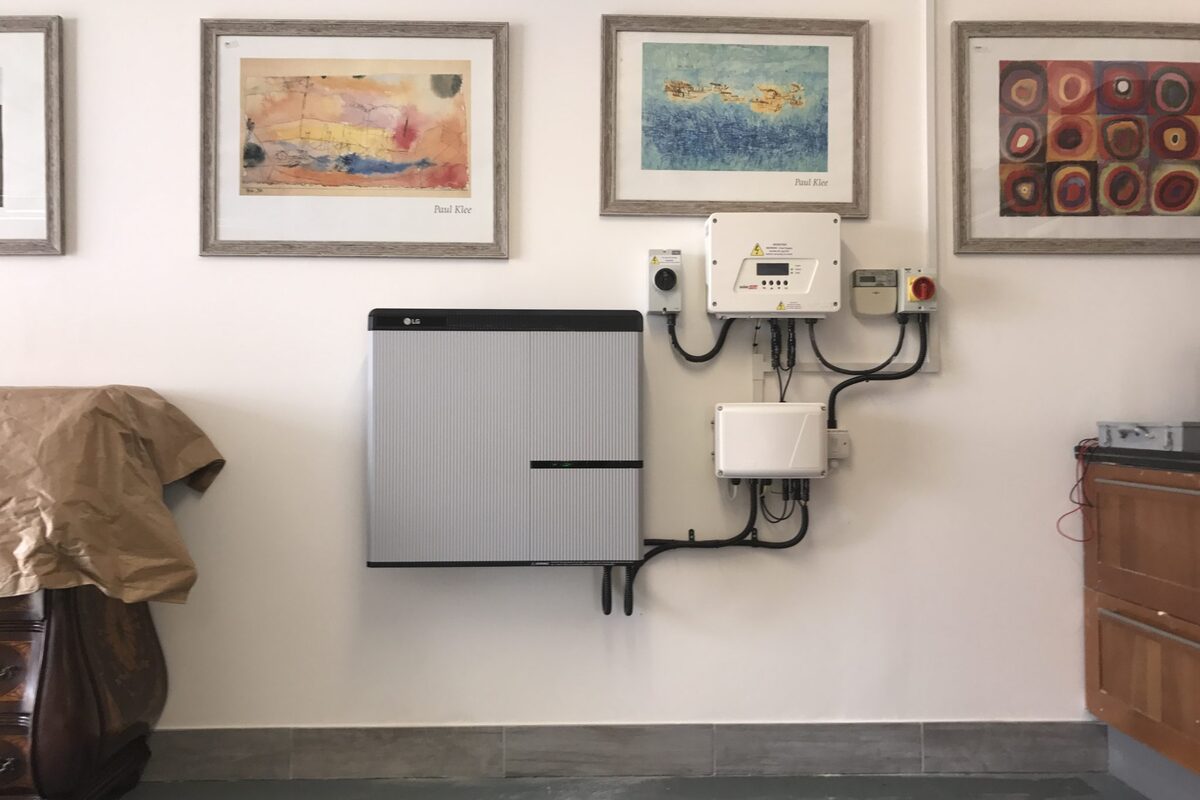
How Does MPPT Work?
Tracking the Maximum Power Point
The primary function of an MPPT controller is to continually find the solar panel’s maximum power point, which is the point at which the product of current and voltage (P=IV) is maximized.
The MPPT system adjusts the voltage and current in real time to ensure the panel operates as close to this point as possible.
Voltage Conversion
Solar panels often generate voltage levels that are higher than what batteries can safely handle. The MPPT controllers not only find the maximum power point but also convert excess voltage into amperage.
This ensures that the batteries get a regulated, optimized charge, which minimizes the risk of overcharging and increasing the lifespan of the batteries.
Continuous Monitoring
MPPT controllers continually monitor changing conditions, such as variations in sunlight and temperature, and adjust their tracking algorithm to maintain peak efficiency.
In cloudy or low-light conditions, this technology becomes even more valuable as it extracts as much energy as possible under suboptimal circumstances.
Benefits of MPPT Controllers
- Energy Efficiency – The most substantial benefit is an increase in energy efficiency. MPPT ensures that you’re getting the most power possible from your solar panels at any given moment.
- Flexibility – These controllers are versatile and capable of accommodating varying input voltages from solar panels, making them suitable for complex and scalable solar installations.
- Longevity – By avoiding overcharging and providing optimized charging, MPPT controllers extend the life of batteries.
- Enhanced Features – Many modern MPPT controllers come with additional features such as data logging, remote monitoring, and control through smartphone apps.
Conclusion
The MPPT Solar Charge Controller plays a crucial role in the effectiveness and efficiency of a solar power system. While it may appear as just another component in the circuit, its contribution to optimizing the energy output and protecting the battery system is invaluable.
As we continue to seek sustainable and efficient energy solutions, technologies like MPPT will remain instrumental in shaping the future of renewable energy.

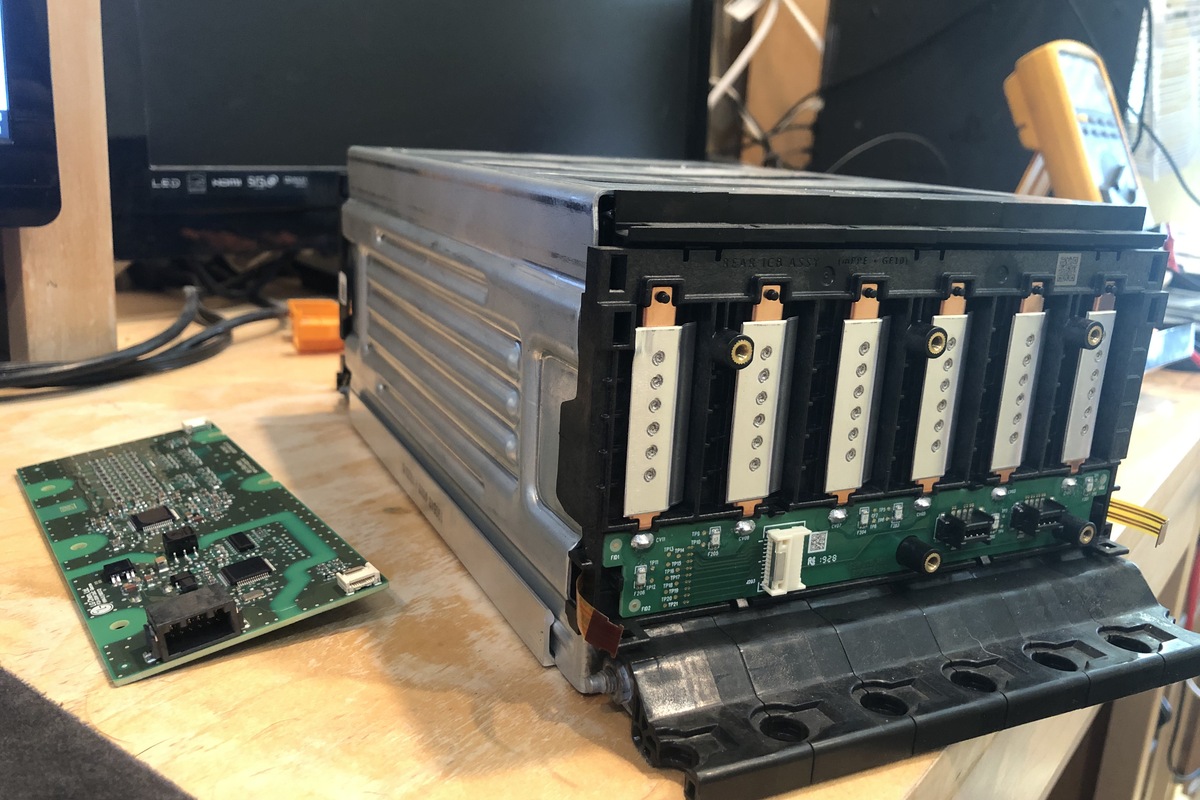
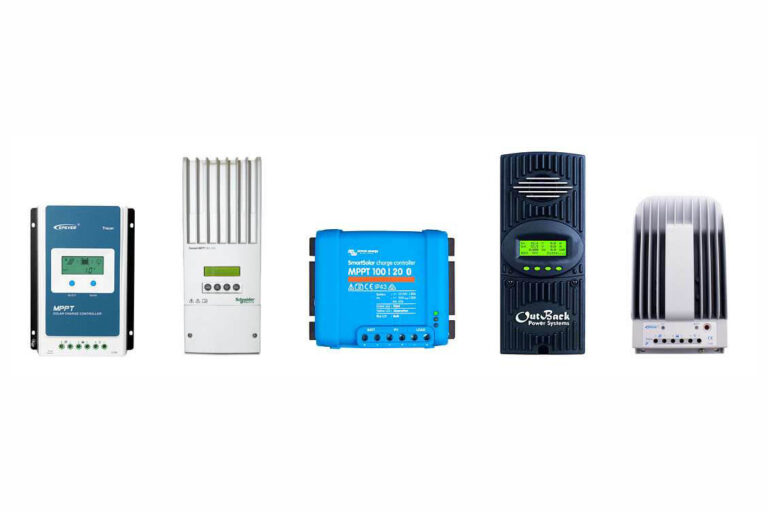

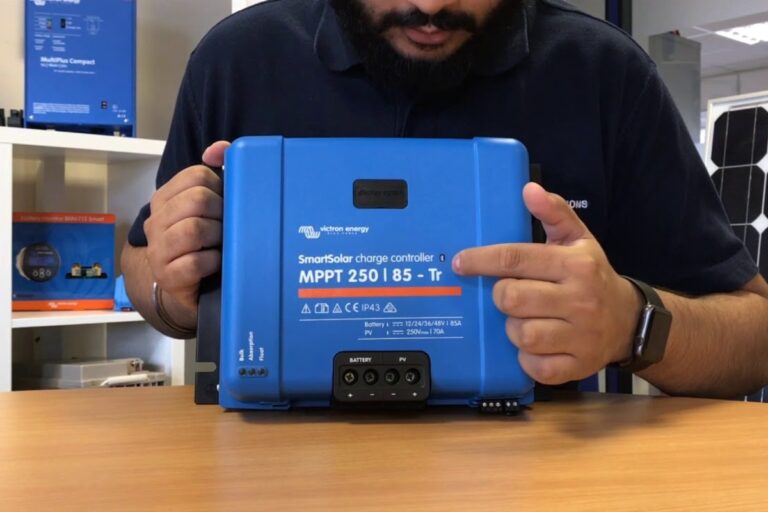
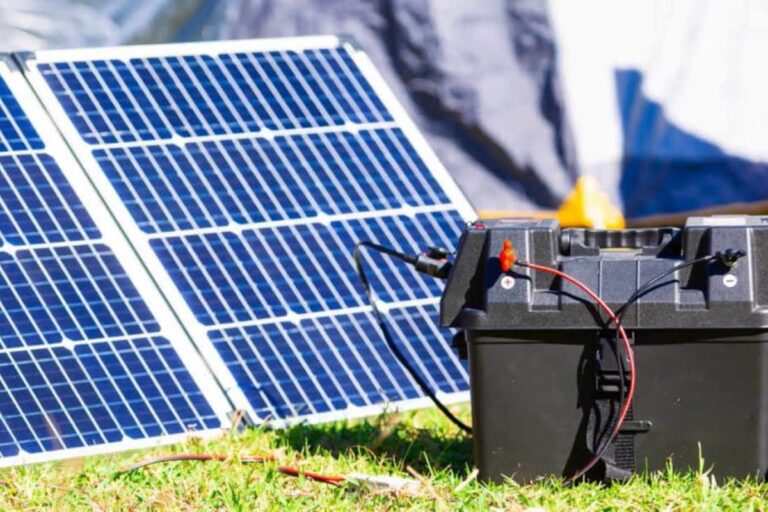
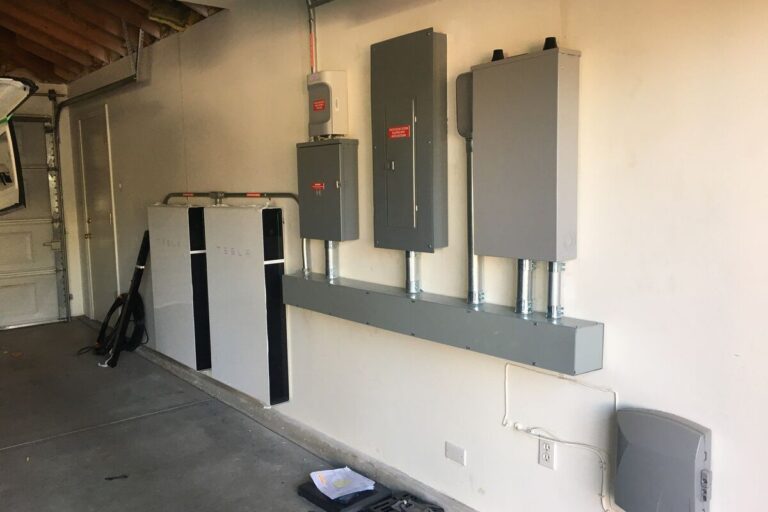

+ There are no comments
Add yours